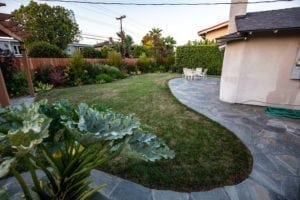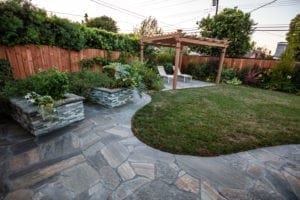Creating and maintaining a garden in Orange County entails various expenses that are influenced by factors such as the types of plants, the quantity of produce, and the specific characteristics of the local growing season.
To comprehensively understand the economic implications, it is vital to consider the following key components:
1. Cost of plants or seeds
Depending on the plant variety and source, initial expenses can range from $50 for a basic selection of vegetable seeds to over $200 for a variety of starter plants.
2. Expenses for nutrient-rich soil
Nutrient-rich soil often requires an investment of approximately $100 to $150, accounting for the purchase of quality dirt, organic fertilizers, and beneficial worms for composting.
3. Investments in plant protection and structures
Costs for plant protection and structures, including sturdy cages, protective coverings, and durable fences, can average around $80 to $120, depending on the size of the garden and the types of protective measures implemented.
4. Watering costs
Watering expenses, primarily related to the installation of a water-efficient irrigation system and periodic watering, may add up to approximately $50 to $80 per growing season, depending on the garden size and water conservation methods employed.
5. Expenditure on tools and accessories
Essential gardening tools and accessories, such as a tiller, gloves, and spades, can collectively incur an upfront cost ranging from $80 to $150, depending on the quality and brand of the tools chosen.

Return on Investment and Savings
Research by the National Gardening Association indicates that the majority of gardening households can achieve a positive return on investment, despite potential risks associated with pest infestations and unfavorable weather conditions. For instance, while the cost of one pound of organic tomatoes from a grocery store might be approximately $3.50, the initial investment of $4.50 for a package of organic, heirloom tomato seeds can yield multiple tomato plants, potentially translating to savings of $40 to $105 over a growing season. Home gardening not only offers substantial financial savings but also serves as a protective measure against external factors such as droughts and diseases that commonly impact larger-scale agricultural production.

Cost-Effective Strategies
Implementing various cost-effective measures can significantly optimize the budget for gardening in Orange County. Consider the following strategies to enhance cost efficiency:
1. Early cultivation with seeds
Initiate the gardening process by cultivating plants from seeds, reducing dependency on expensive nursery-bought plants and allowing for a more cost-effective start. A mere $15 investment in multiple seed packets can potentially yield savings of $30 to $50 compared to purchasing starter plants from a nursery.
2. Embrace square foot gardening
Adopting the square foot gardening technique, which can be established with an investment ranging from $50 to $100 depending on the choice of materials, offers not only efficient space utilization but also an opportunity for substantial cost savings over time. By maximizing space and resources, this method can lead to savings of $80 to $150 compared to traditional gardening methods, especially for individuals with limited gardening space.
3. Selective cultivation
Exercise prudence in selecting the types and quantities of crops to cultivate, focusing primarily on preferred fruits, vegetables, and herbs to avoid unnecessary expenses and potential food waste. By allocating an estimated budget of $50 to $80 toward selective cultivation, households can avoid overspending and ensure a cost-effective and efficient gardening experience.

Embarking on a gardening journey in Orange County offers not only the prospect of substantial financial savings but also serves as a sustainable and rewarding engagement with the natural environment. By adhering to strategic cost-saving techniques and prioritizing the cultivation of preferred produce, residents can foster a culture of sustainability and maximize returns on their garden investments. Initiate the gardening process with careful planning and a comprehensive understanding of the associated costs, ensuring a cost-effective and fulfilling gardening experience that aligns with personal preferences and financial goals.
To gather more ideas, you can visit 12 Essential Tools Every DIY Landscaper Should Have.



